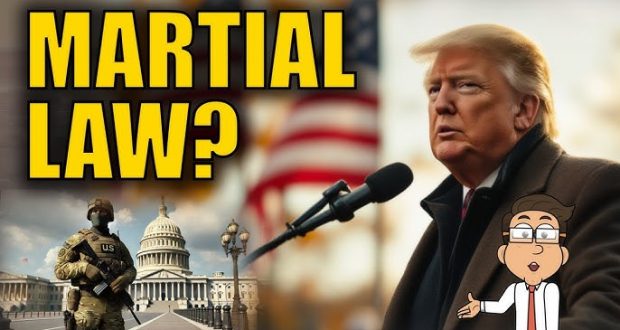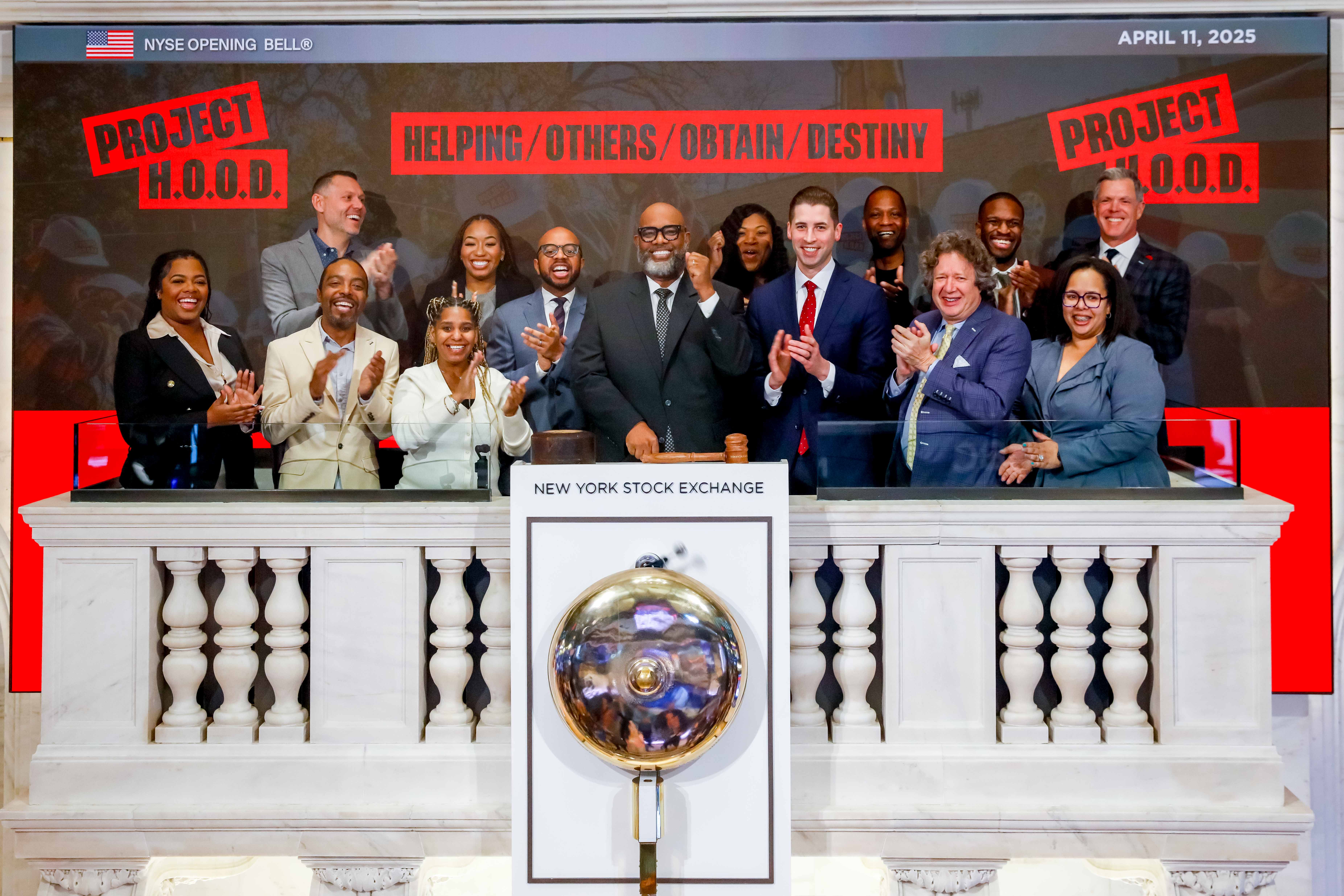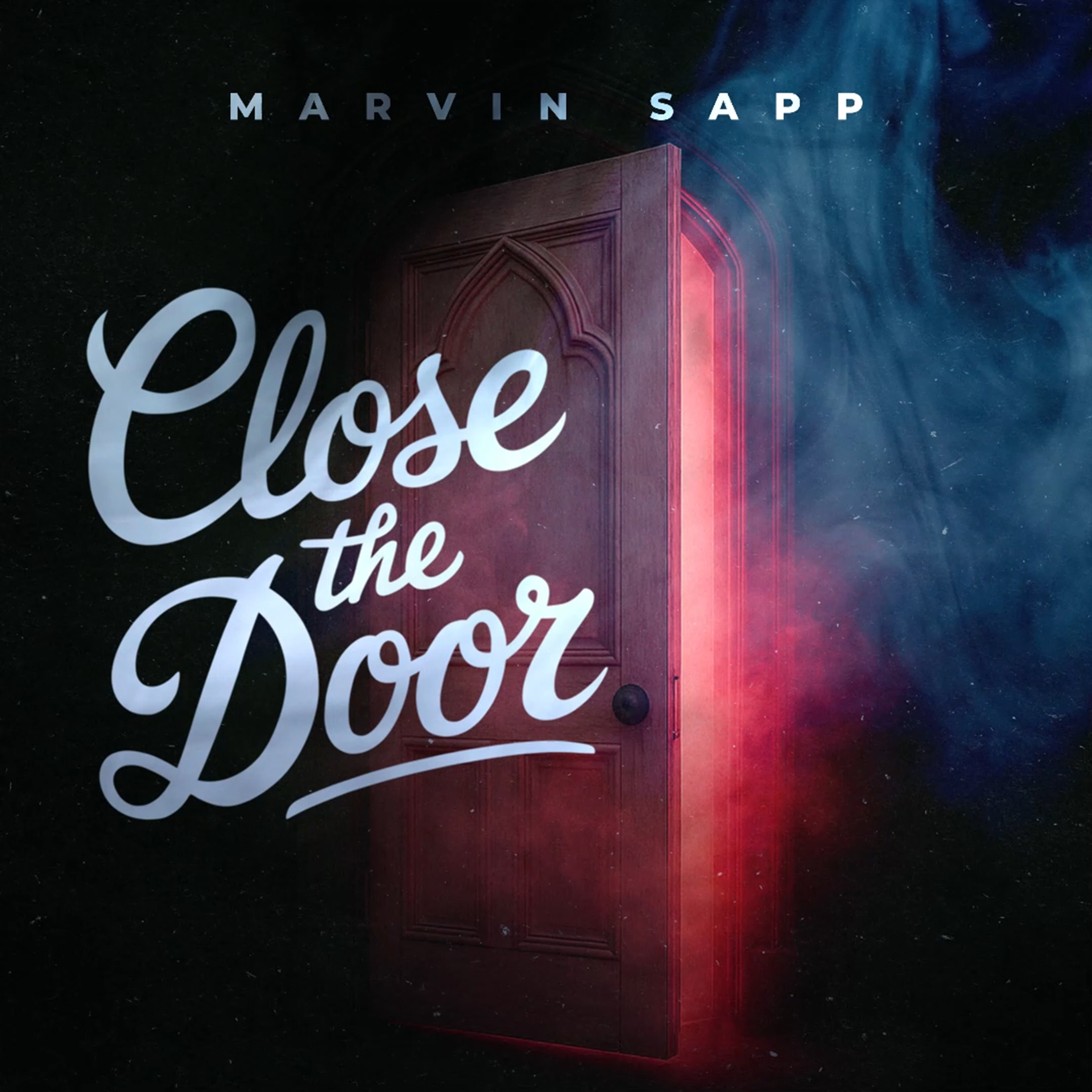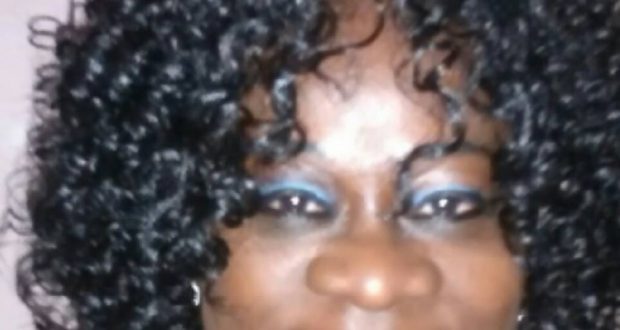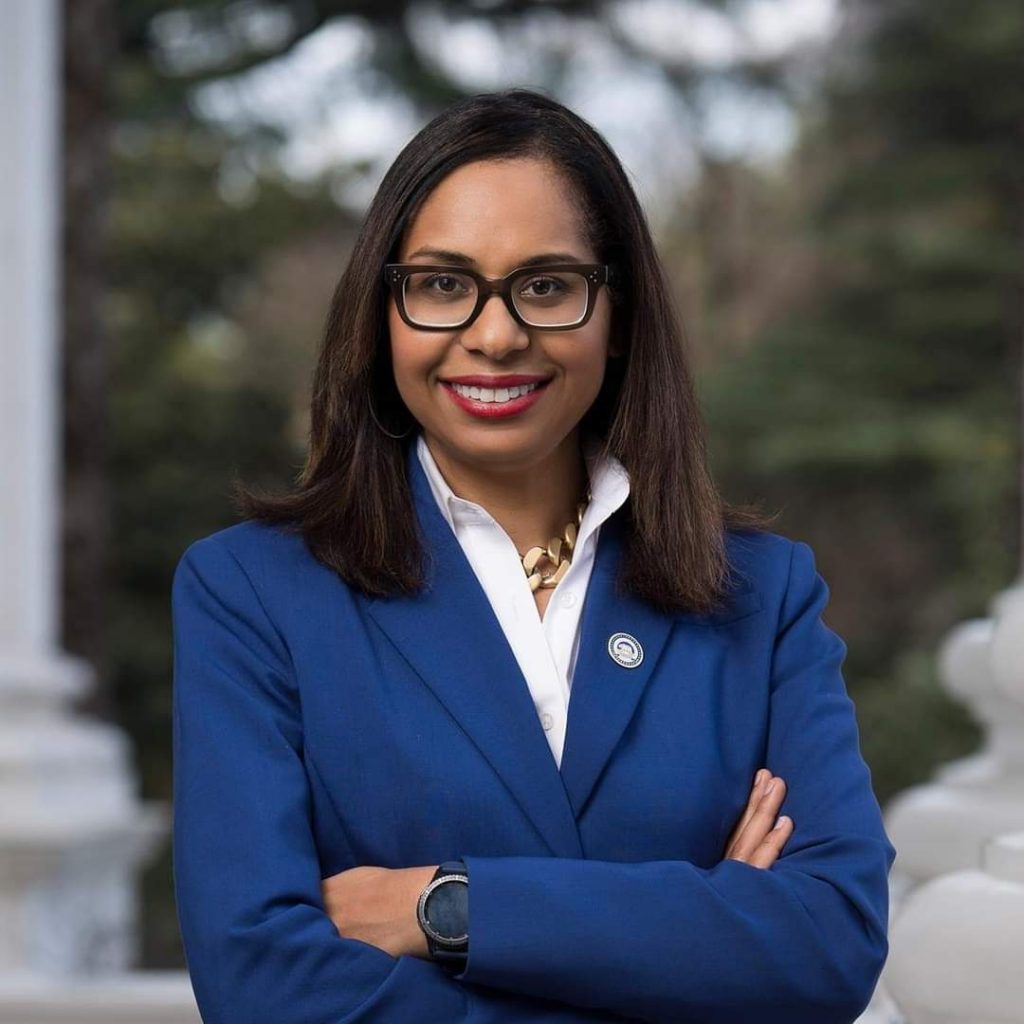By Antonio Ray Harvey | California Black Media
Last week, Gov. Gavin Newsom announced that he had appointed Tara Lynn Gray, 57, of Fresno, as Director of the California Office of the Small Business Advocate (CalOSBA).
In that role, Gray, who is African American, replaces Isabella Casillas Guzman, who President Biden appointed the 27th Administrator of the Small Business Administration in January. Last week in Washington, with an 81-17 vote, the United States Senate confirmed Guzman’s nomination. She is Latina.
In California, Gray is expected to begin working immediately since the Director of the Office of the Small Business Advocate position does not require State Senate confirmation.
Now, working with similar mandates — one in a federal Cabinet position and the other at the top-level of state government — Guzman and Gray have become the de facto leading advocates for the almost four million small businesses in California, which, in aggregate, hire more than 7 million people and account for more than 99 % of all Golden State businesses. Together, the women will be responsible for directing tens of billions of dollars in emergency and ongoing budgetary funding to California small businesses.
CalOSBA is part of the Governor’s Office of Business and Economic Development (GO-Biz), which serves as the states’ main apparatus leading economic development programs designed to boost job growth and business assistance efforts.
Ashley Swearengin, CEO of the Central Valley Community Foundation and former Republican mayor of Fresno, praised Gray’s appointment.
“Tara is a tireless and effective leader in California’s small business community and the right choice at this pivotal time,” she said. “As the State of California continues its recovery, Tara will turn advocacy into action, get results for small businesses, and ensure our diverse small business owners and entrepreneurs are at the table driving towards an equitable and inclusive economic recovery.”
GO-Biz offers a range of growth and support services to California business owners, including permit streamlining, clearing of regulatory hurdles, international trade development assistance, and more, according to the governor’s office. The governor has also charged the office to manage more than $2 billion in COVID-19 relief funding targeted to small businesses, non-profits and cultural institutions across California.
Guzman earned her bachelor’s at the University of Pennsylvania Wharton School of Business. As SBA Administrator, she will lead the federal agency with 9,000 employees and represent the interests of the country’s estimated 30 million small businesses. In addition, she will oversee key parts of the Biden-Harris administration’s $1.9 trillion stimulus American Rescue Plan, including
relief funding for small businesses like the Paycheck Protection Program and the Shuttered Venue Operators Grant Program.
“Throughout my public and private sector career, I have been dedicated to helping small businesses grow and succeed,” Guzman said during her Senate confirmation hearing. “Now more than ever, our impacted small businesses need our support, and the SBA stands ready to help them reopen and thrive.”
Before Gov. Newsom appointed Guzman to serve as CalOSBA director in 2019, she served as the SBA’s Deputy Chief of Staff and Senior Advisor during the Obama-Biden Administration.
“I have every confidence that under Ms. Guzman’s leadership, the SBA will help small business owners hold on to their dreams until the economy comes roaring back,” Senate Majority Leader Chuck Schumer (D-NY) said before voting to confirm the Burbank native’s nomination.
Before Gray accepted the top role at CalOSBA last week, she had been serving as the Chief Executive Officer of YADARI Enterprises for the last 17 years. YADARI is a management consulting firm with headquarters in Vallejo.
Currently, Gray is also president and Chief Executive Officer of Fresno Metro Black Chamber of Commerce (FMBCC), a position she has held since 2017. FMBCC is a community-based organization that advances the interests of African American entrepreneurs in the Central Valley with programs that focus on advocacy and economic development.
Before that, Gray supported small businesses as a counselor at two Northern California small business development centers, taught a small business feasibility and planning class in Stockton, and led a youth entrepreneurship program for nine years with California Black Chamber and Chamber Foundation.
Gray holds a master’s degree in Christian Studies from Grand Canyon University in Arizona and a Bachelor’s in Business Management from Saint Mary’s College in Contra Costa County.
“(Gray’s) announcement is yet another proof point of Gov. Newsom’s ongoing commitment to equity and inclusivity as we recover together,” said Mark Herbert, managing director at the California office of the Small Business Majority, an organization that works with entrepreneurs and policymakers.
In addition to her many professional accomplishments, Gray is actively involved in the social, civic and religious life of Fresno as well as the broader African American community across California. She is member of Black Women Organized for Political Action (BWOPA), Abundant Life Worship Center, Zeta Phi Beta Sorority, the California Black Chamber of Commerce and Chamber Foundation, and the California Small Business Employer Advisory Council.
Gray, a Democrat, will earn an annual salary of $175,644.
Betty Jo Toccoli, president of the California Small Business Association, said
Gray is qualified for the job she looks forward to working with her.
“Small business has always been integral to the success of California’s economy, which is why today is a very special day for small business owners and entrepreneurs across the state,” said Toccoli. “Tara will bring a longstanding history of understanding the nuances of small business and advocacy for small businesses to this new role. She is extremely well-qualified for this position and we couldn’t be more ecstatic to collaborate with her to ensure an equitable recovery and sustained growth for California’s small business community.”
As for Guzman, working with the SBA’s hardworking employees to create an “ecosystem” that ensures small businesses across the United States are strong is a motivating factor.
“I am excited to return to the SBA and serve as the voice of small business in the Biden-Harris Administration. I am committed to championing the agency’s mission and helping equitably build back the economy,” she said.
 Westside Story Newspaper – Online The News of The Empire – Sharing the Quest for Excellence
Westside Story Newspaper – Online The News of The Empire – Sharing the Quest for Excellence
